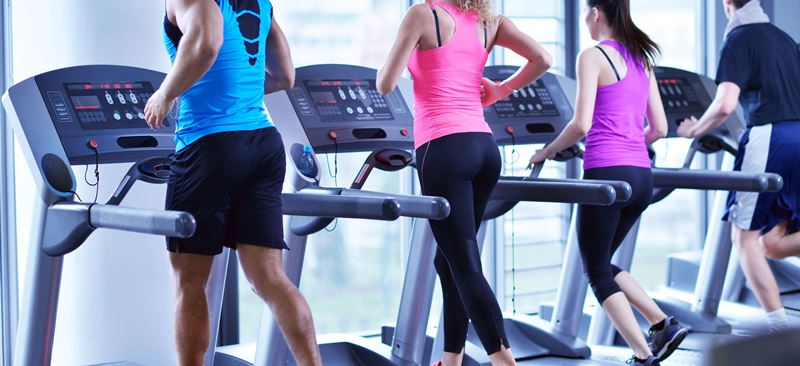5 Ways To Protect Your Spine During A Workout
Category: Spine | Author: Stefano Sinicropi

We don’t often think about our spines when we’re working out. Instead, we’re usually thinking about bulking up our biceps, making our abs flatter or blasting our calves. However, if you ignore your spine or work out improperly, you’ll be feeling it in your back the next day. Today, we’re going to share five ways to protect your spine during your workout routine.
Stand Upright
This tip applies to individuals who like to exercise with a run or a jog. For proper running form, position your head directly above your shoulders. If your head is tilted forward, you’ll be putting excess stress on your cervical spine. Additionally, keep your elbows close to your body and move them straight forward and backwards as you run. If your arms begin to twist or fail, it can strain your hips, which can contribute to lumbar spine pain.
Avoid Crunches
Crunches put a lot of strain on your lower spine, so do away with the exercises. In fact, crunches are so strenuous on the spine that the US Army recently abolished the exercise in training because it was resulting in too many injuries. There are a number of different exercises you can do to work on your abs without needing to rely on crunches. Stick to squats, wall sits and planks to avoid excess strain on the spine.
Grab A Spotter
You spine can also be injured if you bite off more than you can chew. If you’re planning on doing heavy squats or lifts, always be sure you have a spotter. They’ll be able to assist you if the weight is too much or an injury affects your ability to finish your set. Failing to use a spotter can be very dangerous and lead to spine pain, so make sure someone is their to spot your lifts.
Use Back Protection
A back brace or lifting belt is another way to keep your spine healthy during your workout regimen. When you’re lifting heavy weight, stress is displaced on other areas of your body, like your arms, legs and spine. When you’re doing squats, it’s your legs that handle the most stress, but your spine also is strained. A lifting belt can help support your spine so that the stress is channeled to appropriate areas of your spine so one area isn’t overloaded.
Lift With Your Legs
Proper form isn’t just essential for runners, it’s always necessary for weightlifters. If you’re leaning too far forward or bending at the waist, the stress shifts from your hamstrings and calves to your spine, which can overload it. Bend at the knees, keep your chin up, look forward, keep your shoulders back and lift upwards, not forwards. By lifting with proper form, you greatly reduce the likelihood of injuring a spinal disc when lifting.